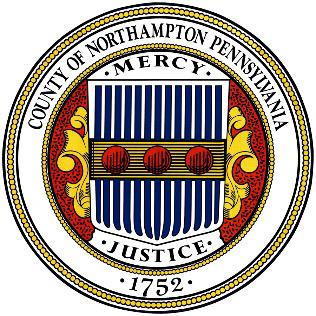2024 Lehigh Valley Hazard Mitigation Plan
What is hazard mitigation planning? What is the purpose of having a hazard mitigation plan?
Hazard mitigation planning reduces loss of life and property by minimizing the impact of disasters. It begins with state, tribal, and local governments identifying natural disaster risks and vulnerabilities that are common in their area. After identifying these risks, they develop long-term strategies for protecting people and property from similar events. Mitigation plans are key to breaking the cycle of disaster damage and reconstruction.
Background of the Lehigh Valley Hazard Mitigation Plan
The Lehigh Valley Hazard Mitigation Plan, since its inception, has always been a bi-county plan encompassing both Lehigh and Northampton counties as well as the 62 municipalities found within. The Lehigh Valley drafted hazard mitigation plans in 2006, 2013, and 2018. Federal regulation requires that plans be updated every five years, but perhaps more importantly, the effects of climate and cultural changes and emerging hazards require that we evolve our methods of preparing for disaster.
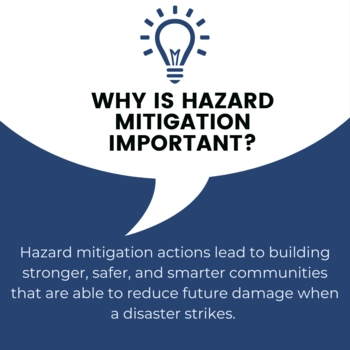
The 2024 Hazard Mitigation Plan covers the twenty-five (25) natural and non-natural hazards that were covered in the previous plan. However, two (2) new hazards have been added to combat changes in a region that continues to grow its population by more than five thousand (5,000) residents per year. The newly added hazards are: Gas/Liquid Pipelines and Cyber-Terrorism. Both new hazards can be found under the “non-natural” hazard list. See the the entire hazard list and their respective rankings below and documented within the Lehigh and Northampton County Annex.

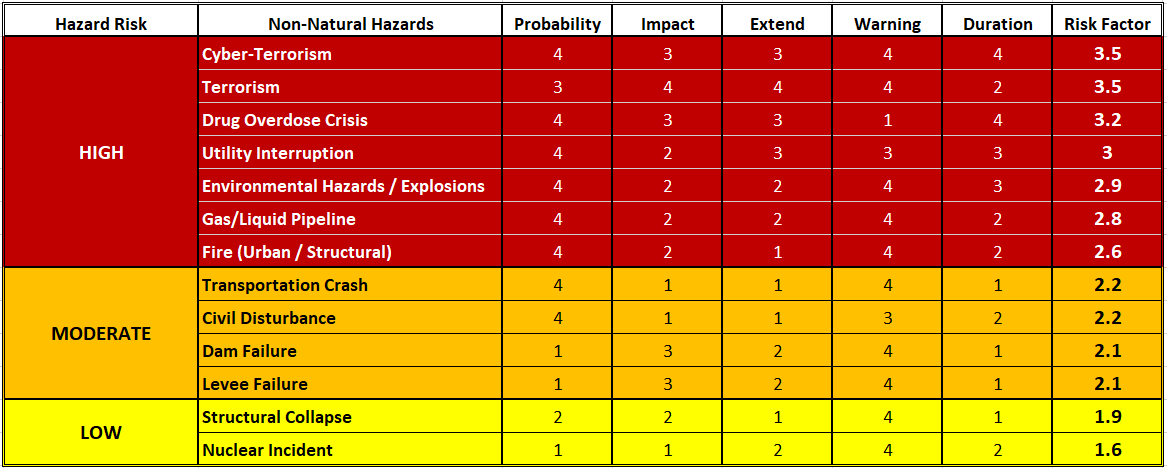
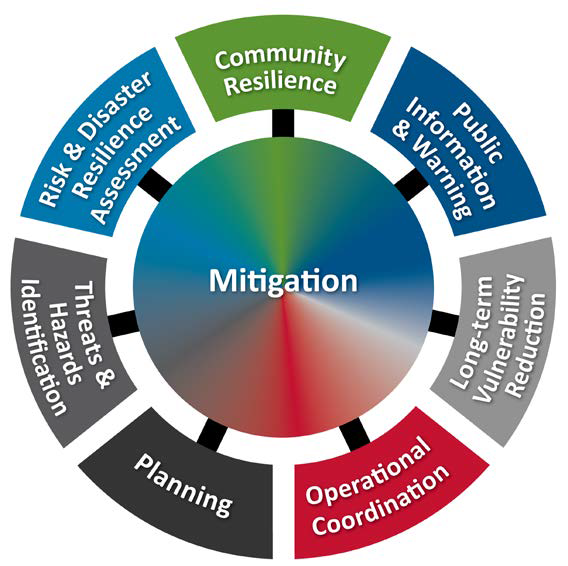
Mitigation goals within this Plan
1. To minimize the risk to human life associated with natural and non-natural hazards.
2. To promote hazard avoidance, especially in floodplains.
3. To reduce the damages and functional loss from natural and non-natural hazards to existing and future public and private assets, including structures, critical facilities, and infrastructure.
4. To preserve and enhance the effectiveness of natural resources, including woodlands, streams, rivers, wetlands, floodplains, and riparian buffers to provide resiliency benefits.
5. To develop, prioritize, and implement cost-effective, long-term actions that will reduce the impacts of natural and non-natural hazards.
6. To improve local regulations to reduce the impacts of natural and non-natural hazards.
7. To enhance planning and emergency response efforts among federal, state, county, and local emergency management personnel to protect public health and safety.
8. To promote public awareness of both the potential impacts of natural and non-natural hazards and actions to reduce those impacts.
2024 Plan updated documents can be found below. The Lehigh Valley Hazard Mitigation Plan and all associated annexes expire in October, 2029.
Appendices
Local Municipal / Authority Annexes
Use drop down bar below to find municipal and/or authority annexes
To view Lehigh County municipal and/or authority annexes visit: Lehigh County Emergency Management
Northampton County Annexes
For comments, questions or concerns regarding the Lehigh Valley Hazard Mitigation
Plan please contact the appropriate Co-Chair – find contact information below.
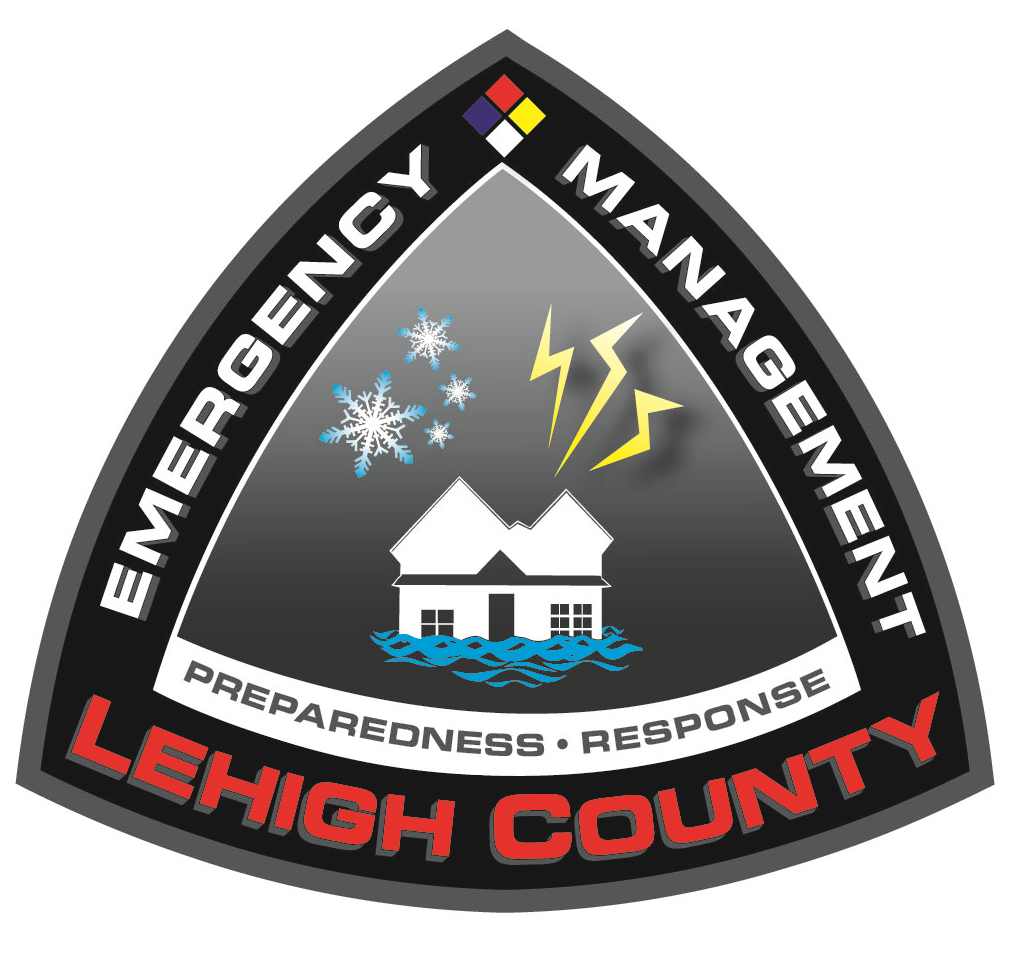
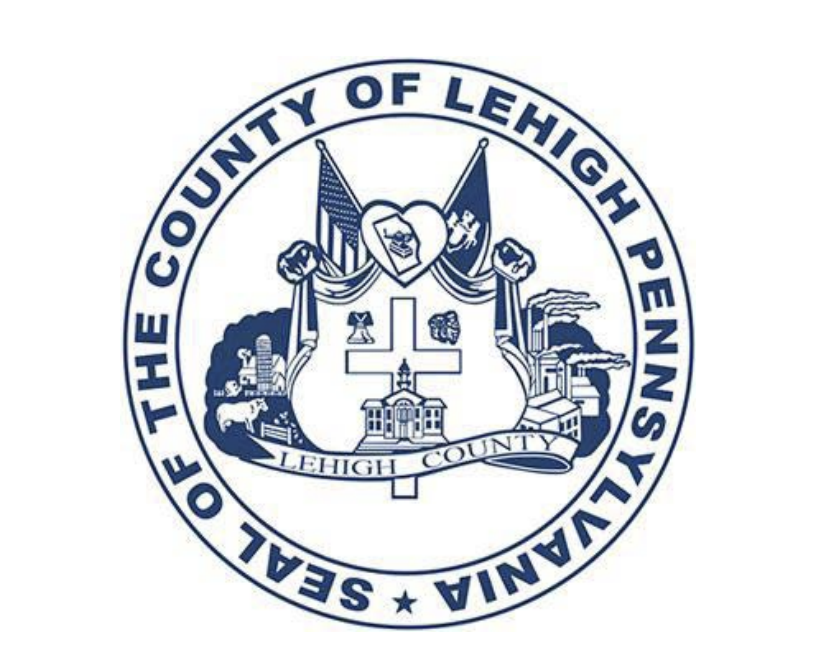
Lehigh County Co-Chair
Kevin McGowan
Community Outreach Manager
Lehigh County Emergency Management Agency
640 W. Hamilton Street, 8th Floor
Allentown, PA 18101
Northampton County Co-Chair
Thomas E. Guth, Jr.
Hazard Mitigation / Disaster Recovery Manager
Northampton County Emergency Management
100 Gracedale Avenue
Nazareth, PA 18064-9278

